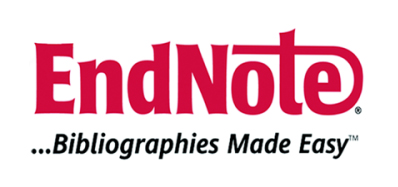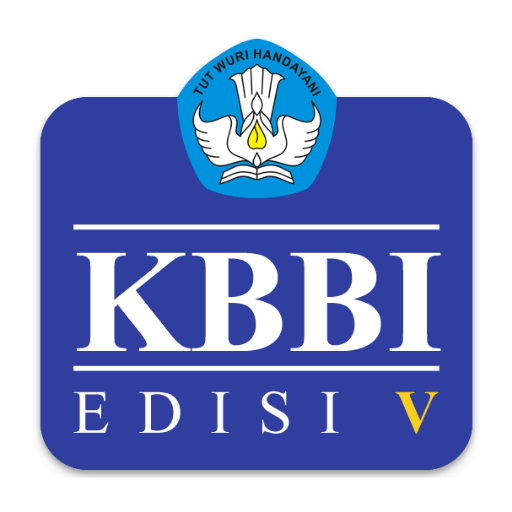Submissions
Submission Preparation Checklist
As part of the submission process, authors are required to check off their submission's compliance with all of the following items, and submissions may be returned to authors that do not adhere to these guidelines.- The submission has not been previously published, nor is it before another journal for consideration (or an explanation has been provided in Comments to the Editor).
- The submission file is in OpenOffice, Microsoft Word, or RTF document file format.
- Where available, URLs for the references have been provided.
- The text is single-spaced; uses a 12-point font; employs italics, rather than underlining (except with URL addresses); and all illustrations, figures, and tables are placed within the text at the appropriate points, rather than at the end.
- The text adheres to the stylistic and bibliographic requirements outlined in the Author Guidelines.
Articles
Section default policyCopyright Notice
By submitting manuscripts to the Bhineka Tunggal Ika: Kajian Teori dan Praktik Pendidikan PKn (JBTI), the authors agree to this policy. No special document approval is required.
Copyright :
The copyright of any article on JBTI is fully held by the author under the Creative Commons CC BY-SA license.
- The copyright on each article belongs to the author.
- The authors retain all of their rights to the published work, not limited to the rights set out on this page.
- The author acknowledges that Bhineka Tunggal Ika: Kajian Teori dan Praktik Pendidikan PKn was the first to publish under a Creative Commons Attribution 4.0 International (CC BY-SA) license.
- Authors can submit articles separately, arrange for non-exclusive distribution of manuscripts that have been published in this journal into other versions (eg sent to the author's institution respository, publication into books, etc.), acknowledging that the manuscript has been published for the first time in the Journal. of Bhineka Tunggal Ika: Kajian Teori dan Praktik Pendidikan PKn (JBTI);
- The author warrants that the original article, written by the author mentioned, has not been published before, does not contain any unlawful statements, does not violate the rights of others, is subject to copyright which is exclusively held by the author.
- If an article is co-prepared by more than one author, each author submitting a manuscript warrants that he or she has been authorized by all co-authors to agree to the copyright and license notice (agreement) on their behalf, and agrees to notify the co-authors of the terms of this policy. Bhineka Tunggal Ika: Kajian Teori dan Praktik Pendidikan PKn (JBTI) will not be held liable for anything that may arise due to the authors' internal disputes.
License :
Bhineka Tunggal Ika: Kajian Teori dan Praktik Pendidikan PKn is published under the terms of the Creative Commons Attribution 4.0 International (CC BY-SA) License. This license permits anyone to:.
Sharing — copying and redistributing this material in any form or format;
Adaptation — compose, modify, and create derivatives of this material for any purpose.
Attribution — You must include an appropriate name, include a link to the license, and certify that changes have been made. You can do this in a manner that is appropriate, but does not imply that the licensor endorses you or your use.
ShareAlike — If you compose, modify, or make derivatives of this material, you must distribute your contribution under the same license as the original material.
Privacy Statement
The names and email addresses entered in this journal site will be used exclusively for the stated purposes of this journal and will not be made available for any other purpose or to any other party.


__.png)
















